|
Introduction of the artist:
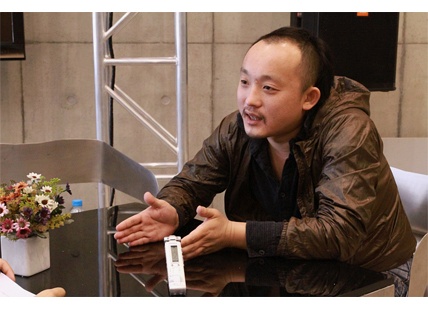
WANG Yuyang (China)
1979 Born in Harbin, Heilongjiang Province, China. Lives and works in
Beijing.
Selected solo exhibitions: 2011 51 m2 16 Emerging Chinese Artists,
Taikang space, Beijing; 2010 WormHole, Perth Horse Cross, Perth; 2009 Worm Hole,
Boers-Li Gallery, Beijing; 2009 One Painting, Art Museum of Central Academy of
Fine Arts, Beijing; 2008 Dust is Dust, CPU 798, Beijing;
Selected group
exhibitions: 2011 Translife International Triennial of New Media Art,
Beijing; 2010 Incheon International Digital Art Festival, Incheon; 2009 China
China China!, Sainsbury Centre for Visual Arts, University ofEast Anglia,
Norwich; 2008 Cine Cine Cine!!! Chinese Contemporary Art Beyond the
GlobalMarket, Strozzina, Palazzo Strozzi, Florence. !
Introduction of works:
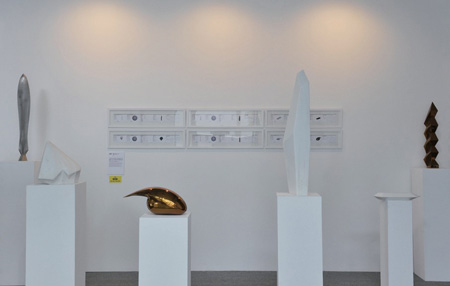
Invisible Sculpture, sculpture installation, 2010
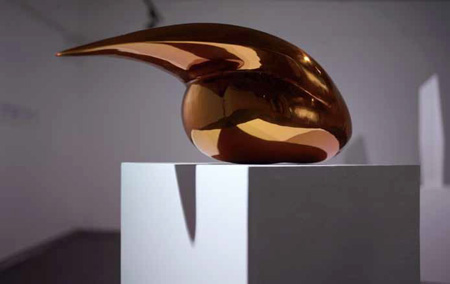
Invisible Sculpture – Life, sculpture installation, 60×50×45cm, 2010
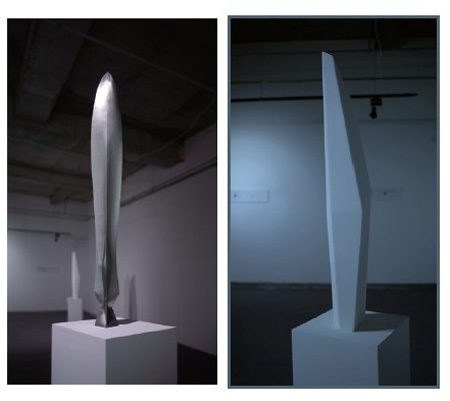
Invisible Sculpture – Bird of the Outer Space, sculpture installation,
30×30×90cm, 2010
Invisible Sculpture – Reborn, sculpture installation, 30×35×120cm, 2010
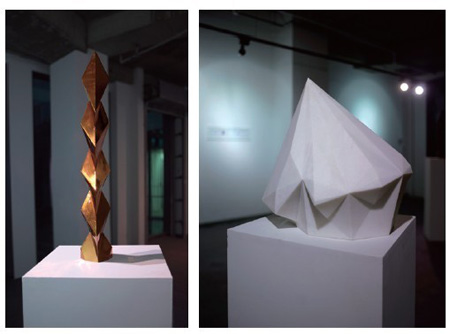
Invisible Sculpture – Endless Column, sculpture installation, 30×30×90cm,
2010
Invisible Sculpture – The Sleeping Muses, sculpture installation, 45×45×50cm,
2010

Invisible Sculpture – Silent Table, sculpture installation, 50×25×15cm,
2010
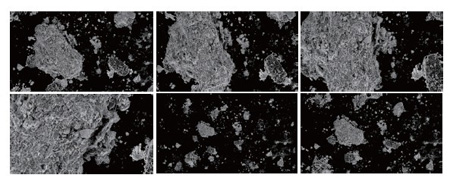
Dust is Dust, video, 2008
Wang Yuyang makes art through science. The monochromatic video work, Dust Is
Dust, seemingly presents a scene of the universe, where numerous stars float
through outer space. These massive objects are in fact miniscule particles of
dust at a magnification beyond the capabilities of the naked eyes. It offers an
ambiguous quality of visual experience between the macroscopic and the
microscopic.
While science can help to enhance or extend our visual sense in some ways,
the notion of ‘visibility’ is discussed again in his new series, Invisible
Sculpture. Despite the title, the work appears perfectly visible, in abstract
forms with their own aesthetic significance in the context of modernist art.
However, in collaboration with physicists, these sculptures, marble or stainless
steel, were shaped to be ‘invisible’ by radar that uses radio waves to detect
objects. It proposes a powerful paradox – those solid objects can obviously be
seen and touched, yet cannot be sensed by using one of the most advanced
scientific technologies.
Both works suggest means ‘to see the unseen’ on the one hand, and the
limitations of the human sensory organs and scientific technologies on the
other, and ultimately that of our understandings and acquired knowledge. They
are physically there, ‘scientifically’ and ‘truly’, but have an almost
mythological perception. As the artist stated, “I didn’t create anything
visually myself, but only the ways of seeing.”
| 
